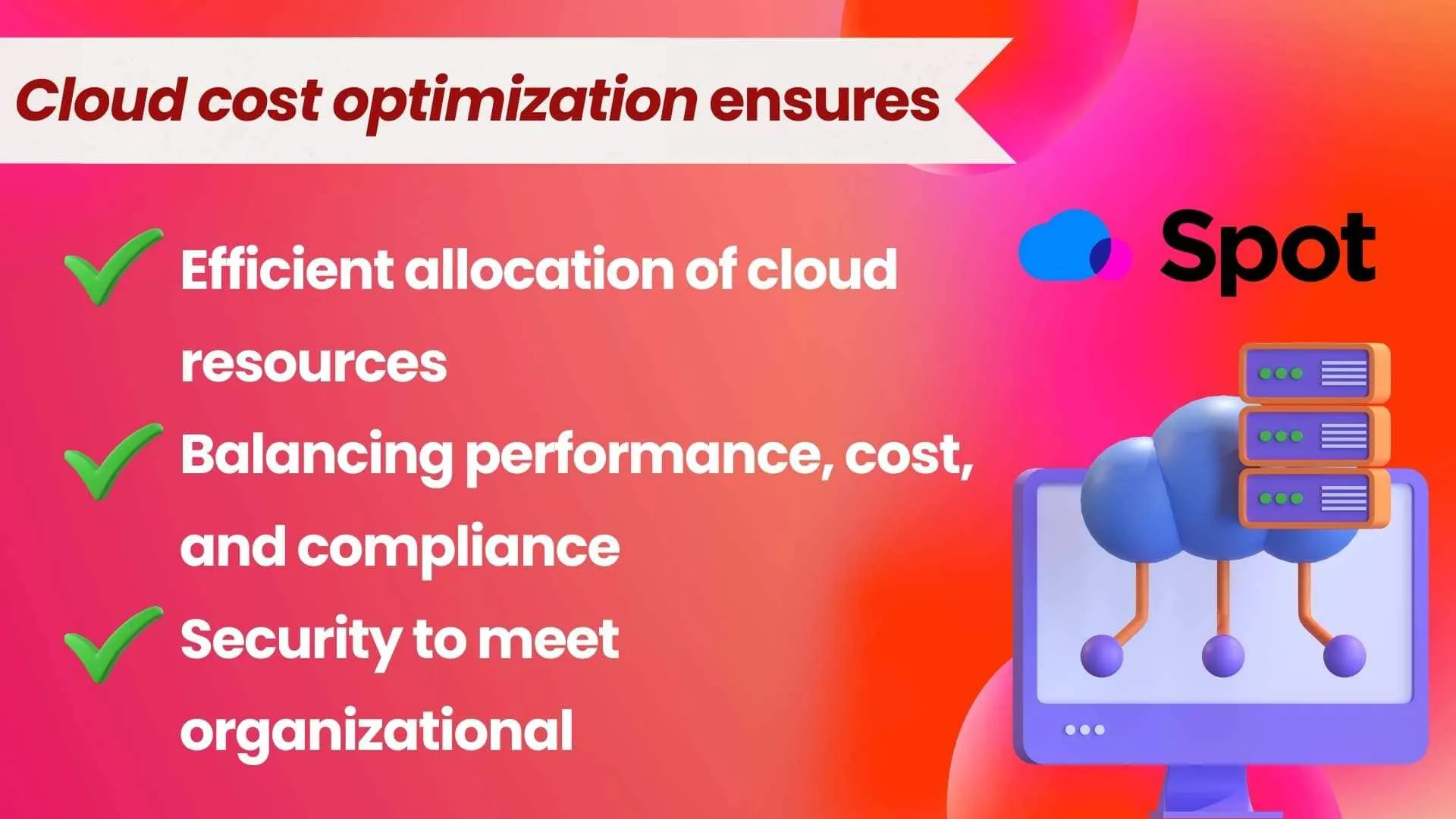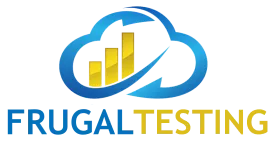Ensuring the quality of software developments plays an important role in the constantly developing field of software development. The methods of Continuous Integration and Continuous Delivery (CI/CD) have become essential for optimizing software development, enabling teamwork, and producing excellent software efficiently.🔧
Central to the success of CI/CD are the tools used to automate and orchestrate various stages of the software delivery pipeline. In this article, we delve into the landscape of CI/CD tools for software testing in 2024, exploring their importance, features, and how to choose the right toolset for your needs.🚀
📌 Understanding CI/CD: CI/CD ensures seamless code integration and reliable software delivery.🔧
📌 Selecting the Best Tools: Consider factors such as compatibility, scalability, automation capabilities, and cost are vital when choosing CI/CD tools for software testing.
📌 Factors for Evaluation: Key considerations include assessing how CI/CD tools align with software testing requirements, scalability, and integration capabilities with existing workflows.📊
📌 Impact on Testing Processes: CI/CD tools enhance testing processes by automating testing, facilitating continuous deployment, and enhancing team collaboration.🚀
📌 Aligning Tools: Determine which tool suits specific testing needs and goals.🛠️
📌 Prioritizing Features: Prioritize automated testing, deployment orchestration, and security compliance.🔒
📌 Evaluating Scalability: Evaluate tools for scalability to meet current and future testing demands.📈
What is CI/CD?

CI/CD, short for Continuous Integration/Continuous Delivery, refers to the practice of automating the integration, testing, and delivery processes in software development.🔄
- Continuous integration (CI) involves regularly integrating code changes into a shared repository, automatically testing each change, and initiating builds to identify integration issues early in the development process.
- Continuous delivery (CD) complements CI by automating the delivery of tested and approved code changes to different environments (staging, production) for deployment, ensuring prompt and reliable software deployment.
The objective of CI/CD is to minimize manual intervention, decrease errors, and expedite the delivery of new features and updates to end-users. 🎯
This is achieved through the utilization of automation tools, ensuring that software projects undergo automated tests at every stage of the DevOps pipeline.🛠️ Deployment workflows are streamlined, incorporating processes such as code review and software releases, across diverse operating systems and software applications.🚀

Ideas for Choosing the Best CI/CD Tools
Selecting the right CI/CD tools for software testing involves considering compatibility, scalability, integration, and support for essential features like version control and automated testing.
- Support for popular testing frameworks (e.g., JUnit, Selenium) 🛠️
- Integration with version control systems (e.g., Git) 🔄
- Built-in reporting and analytics for test results (e.g., customizable dashboards, detailed test logs) 📊
- Security features (e.g., access controls, secrets management) 🔒
User-friendly interfaces ensure ease of use, while consistent environments and standout features contribute to developer productivity.🚀

What factors should we consider when choosing CI/CD Tools for Software Testing?
When evaluating CI/CD tools for software testing, it's essential to assess their suitability for your specific requirements. Factors to consider include:
- Scalability: Can the tool accommodate the growth of your software development projects?📈
- Automation Capabilities: Does the tool support automated testing, deployment, and other essential tasks?🤖
- Integration: How well does the tool integrate with your existing development and testing workflows?🔗
- Cost: Consider the total cost of ownership, including licensing fees, maintenance, and support.💰
- Community and Support: Evaluate the tool's community and support resources for assistance and troubleshooting.👥

How do CI/CD Tools contribute to improving Software Testing Processes?
CI/CD tools play a pivotal role in enhancing software testing processes by:
- Automating Testing: CI/CD tools automate the execution of test suites, ensuring thorough test coverage and faster feedback loops.⚙️
- Enabling Continuous Deployment: By automating the deployment process, CI/CD tools facilitate the rapid and reliable delivery of tested code to production environments.🚀
- Promoting Collaboration: CI/CD tools promote collaboration among development, testing, and operations teams by providing visibility into the entire software delivery pipeline.👨💻
- Enhancing Quality Assurance (QA): With automated testing and deployment, CI/CD tools help maintain consistent quality standards throughout the development lifecycle.🔍

Let's see how we confirm which CI/CD tool aligns best with my software testing needs, it's crucial to conduct thorough research, evaluate multiple options, and consider factors such as:
- Compatibility: Ensure that the tool integrates seamlessly with your existing development stack and technologies. 🛠️
- Scalability: Choose a tool that can scale alongside your growing testing requirements and project complexity. 📈
- Flexibility: Look for a tool that offers customization options to adapt to your unique testing workflows and requirements. 🔄
- Community and Support: Consider the availability of community resources, documentation, and support channels for assistance and troubleshooting. 👥

What specific features or functionalities should we prioritize when selecting CI/CD Tools for Testing? When selecting CI/CD tools for software testing, prioritize features and functionalities such as:
- Automation Testing: Support for the automation unit, integration, and end-to-end testing to ensure comprehensive test coverage. 🤖
- Deployment Orchestration: Capabilities for automating and orchestrating the deployment of tested code to various environments. 🎵
- Integration with Testing Frameworks: Compatibility with popular testing frameworks and tools to streamline test execution and reporting. 🔗
- Security and Compliance: Built-in security features and compliance controls to ensure the integrity and security of your software.🔒
- Monitoring and Analytics: Tools for monitoring the performance and health of your testing processes, with built-in analytics for insights and optimization. 📊

What are the key differences between various CI/CD Tools available for Software Testing?
The landscape of CI/CD tools for software testing is diverse, with each offering its unique features, strengths, and limitations. Some key differences between various CI/CD tools include
- Open Source vs. Commercial: While open-source CI/CD tools offer flexibility and cost savings, commercial tools often provide additional features, support, and enterprise-grade capabilities.🔄
- Cloud-Native vs. On-Premises: Consider whether you prefer a cloud-native CI/CD solution hosted on the cloud or an on-premises deployment for greater control and security. ☁️
- Specialized vs. All-in-One: Some CI/CD tools focus on specific aspects of the software delivery pipeline, such as testing or deployment. 🎯
- User Interface and User Experience: Evaluate the usability and intuitiveness of the tool's user interface, as well as the availability of documentation and support resources. 🖥️

CI/CD tools for software testing offer various features and capabilities tailored to different testing needs. These include pipeline configuration, enabling the automation of build, test, and deployment processes.🛠️ They also integrate with version control systems like Git, facilitating efficient code management and branching strategies. 📁
Additionally, they support popular test automation frameworks such as Selenium, Appium, JMeter and JUnit for automated testing.🤖 Deployment strategies can be defined using these tools, including options like blue-green deployments, canary releases, and rolling updates. 🚀
What are the different types of CI/CD Tools available for improved Software Testing in 2024?
In 2024, CI/CD tools for software testing come in various forms, including:
- Cloud-Native CI/CD Platforms: Fully managed cloud platforms offering CI/CD capabilities with built-in scalability, reliability, and integration with cloud services.☁️
- Open Source CI/CD Tools: Community-driven tools with customizable features and flexibility, suitable for both small teams and large enterprises.🛠️
- Enterprise CI/CD Solutions: Commercial offerings with advanced features, enterprise-grade support, and integration with other development and operations tools.💼
What are the benefits of integrating CI/CD Tools into Software Testing workflows?
The benefits of integrating CI/CD tools into software testing workflows include:
- Faster Time-to-Market: Accelerates the software development cycle, allowing for quicker release of features and updates. Reduces time spent on manual processes, leading to rapid deployment.
- Improved Quality Assurance (QA):
- Continuous Testing: Enables continuous monitoring of code quality throughout the development process, minimizing the risk of defects and ensuring software
- reliability.
- Automated Testing: Automates repetitive testing tasks, reducing human error and increasing test coverage for more thorough QA.
- Enhanced Collaboration:
- Dockerization: Streamlines the development process by providing consistent environments across different systems, facilitating collaboration among developers and teams.
- Cloud Integration: Facilitates seamless collaboration and communication by providing a centralized platform for team members to access and share resources.
- Scalability and Flexibility: Allows teams to scale their development and testing processes according to project requirements. Provides flexibility to adapt to changing business needs and accommodate growth.
- Security: Strengthens security measures by automating security testing and vulnerability scans. Ensures that security protocols are integrated throughout the development lifecycle, reducing the risk of security breaches.


How can we evaluate the Scalability of CI/CD Tools for my Testing requirements?
When evaluating CI/CD tool scalability, consider concurrency for managing multiple tasks simultaneously, resource management for dynamic allocation, cloud service integration for elastic scaling, and pipeline optimization for efficiency.🔄

What role do Automation capabilities play in choosing CI/CD Tools for Software Testing?
Automation capabilities are crucial when selecting CI/CD tools for software testing, as they ensure efficiency and consistency by automating testing and deployment processes, reducing the risk of errors.🤖 They also enable faster feedback loops by automating test execution Additionally, automation supports scalability and flexibility, allowing CI/CD pipelines to adapt to evolving project requirements and constraints.📈

Automation is crucial in CI/CD tools for software testing as it streamlines processes, reduces testing time, and enables thorough test coverage.🤖 It enhances reliability by ensuring consistent deployments and facilitates continuous improvement through iterative testing process enhancements.🔄

What are some of the Best Practices for selecting and implementing CI/CD Tools for Software Testing?
Some of the best practices for selecting and implementing CI/CD tools for software testing include:
- Evaluate compatibility with testing frameworks: Consider the support for popular testing frameworks like JUnit, Selenium, or Cypress.io to ensure seamless integration with existing testing processes and technologies. 🛠️
- Assess scalability and flexibility: Choose tools that can scale with your team and adapt to changing project needs. 🔄
- Prioritize automation capabilities: Look for tools that offer robust automation features to streamline workflows and reduce manual errors. 🤖
- Consider integration with version control systems: Ensure smooth integration with systems like Git for efficient code management and collaboration. 📁
- Assess security features: Prioritize tools with strong security measures to safeguard sensitive data and prevent breaches. 🔒

To effectively use CI/CD tools in software testing, follow these best practices: Start with a small, defined pipeline and expand based on feedback. Standardize workflows for consistency. Monitor performance and collect metrics for improvement.📊 Automate tasks to increase efficiency. Foster collaboration among teams for shared ownership of processes.👥

CI/CD on a Budget: Smart Strategies to Control and Optimize Costs
To control and optimize CI/CD costs on a budget, consider implementing the following strategies:
- Use Open Source Tools: Leverage open-source CI/CD tools and frameworks to reduce upfront costs and licensing fees while maintaining flexibility and customization options.🛠️
- Prioritize Essential Features: Focus on essential features and functionalities that directly contribute to your testing goals and objectives, avoiding unnecessary spending on advanced or specialized capabilities.🎯
- Optimize Resource Utilization: Optimize resource utilization by scheduling tests and deployments during off-peak hours, consolidating workloads, and leveraging cloud services for elastic scaling.⏰
- Utilize Docker: Docker improve resource efficiency by isolating test environments, reducing infrastructure overhead, and enabling faster deployment of applications.
It packs apps and dependencies into lightweight containers for consistent testing. This saves time and resources, making development smoother. 🐳
- Negotiate Pricing and Contracts: Negotiate pricing and contract terms with CI/CD tool vendors to secure favourable rates, discounts, and flexible payment options based on your usage and requirements.💲
- Continuous Optimization: Continuously monitor and optimize CI/CD costs, identifying opportunities for cost savings and efficiency improvements through regular reviews and analysis.🔄

Choosing the right CI/CD Tool for your needs and goals
is crucial for achieving efficient, reliable, and scalable testing processes. By considering factors such as scalability, automation capabilities, integration, and cost, organizations can identify and implement CI/CD toolsets that align with their specific requirements and goals.🎯 With the right CI/CD tools in place, teams can streamline testing workflows, accelerate delivery cycles, and maintain high-quality standards in their software products.🚀
Summary
In 2024, CI/CD tools will be indispensable for software testing, automating critical processes from code integration to deployment.
To enrich the summary, let's elaborate on key points:
- Importance of CI/CD Tools: Streamline software development, and automate processes from code integration to deployment.
- Factors for Selection: Consider compatibility, scalability, automation, cost, and integration.
- Impact on Testing: Enhance testing processes, and foster automation, and collaboration.
- Aligning with Needs: Optimize tools for specific testing goals, and ensure optimal performance.
- Feature Prioritization: Focus on automated testing, deployment orchestration, and security compliance.
- Scalability Evaluation: Assess scalability to meet project demands effectively.
By elaborating on these points concisely, readers will gain a deeper understanding of the significance and benefits of CI/CD tools in software testing.
People also ask
👉🏻 How can we integrate a new CI/CD tool with my existing development and testing workflows?
Integrating a new CI/CD tool with existing development and testing workflows requires careful planning and coordination. Start by identifying integration points and dependencies, establishing communication channels between teams, and conducting thorough testing and validation to ensure compatibility and reliability.
👉🏻 What are the future trends in CI/CD tools and how will they impact software testing?
Future trends in CI/CD tools are likely to focus on areas such as artificial intelligence (AI) and machine learning (ML) for predictive analytics and automation, containerization and microservices for improved scalability and portability, and enhanced security and compliance features to address emerging threats and regulatory requirements.
👉🏻 What factors should we consider when selecting CI/CD tools for better software testing?
When selecting CI/CD tools for better software testing, consider factors such as automation capabilities, scalability, integration, ease of use, support for testing frameworks, security features, and total cost of ownership (TCO).
👉🏻 Are there open-source CI/CD tools available that are suitable for testing in 2024?
Yes, there are several open-source CI/CD tools available that are suitable for testing in 2024, including Jenkins, GitLab CI/CD, CircleCI, Travis CI, and Drone. These tools offer customizable features, flexibility, and community support.
👉🏻 Few examples of companies successfully using the top CI/CD tools in 2024
Several leading companies are successfully leveraging CI/CD tools to streamline their software development and testing processes. Examples include:
- Netflix: Utilizes Spinnaker for reliable and efficient deployment.
- Amazon: Relies on AWS CodePipeline, AWS CodeBuild, and AWS CodeDeploy for automation.
- Google: Uses Google Cloud Build and Tekton for automating software processes.
These examples highlight the diverse range of CI/CD tools and practices adopted by leading organizations to drive innovation, agility, and quality in their software development.





%201.webp)

